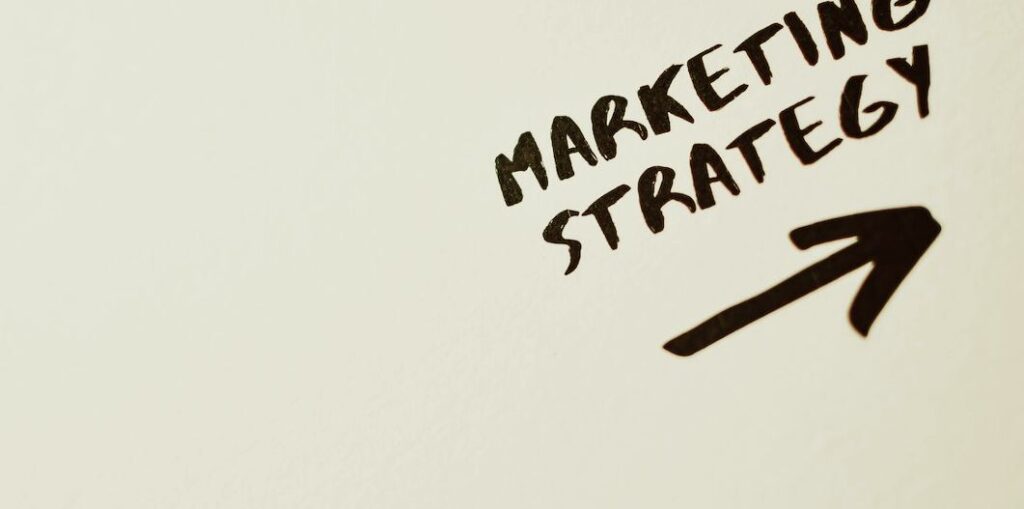If you have any involvement in marketing a business, then you are probably familiar with the concept of the buyer’s journey. This phrase refers to the mental process that individuals go through before they make any type of purchase. As a marketer or small business owner, it is a very important concept to understand if you want to cater your messaging to convince people to make a purchase from your brand.
Connecting with your target audience is a necessary part of running an effective marketing campaign. It means know what their needs are, how they behave, and what channels are most likely to reach them. But it also means knowing how to communicate the benefits of your product or service effectively so as to drive action on the part of the customer.
Let’s take a look at how you can build your marketing strategy around the buyer’s journey.
Stages of the Buyer’s Journey
There are multiple ways to analyze the various stages of this process. Some marketers prefer to break it down into more stages that are specific, but there are three general levels to the journey; awareness, consideration, and decision.
Each of these three stages occur to some extent for every purchasing decision made by an individual. Now, let’s discuss how to cater your marketing strategy for all three stages so that you can move individuals through the process and convince them to make a decision in your favor by the end.
Marketing for Awareness
During the awareness stage, buyers are first understanding that they have a problem or a pain point. Examples of this could be “I always have to rely on public transportation,” or “I feel hungry right now,” or “I’m experiencing shoulder pain.” The buyer is aware of this problem and wants to solve or alleviate it. The research they conduct would be about determining why they are having this problem and putting a name to it.
How can your marketing address this stage? The key is to provide value and answers about the pain point that they are experiencing. If you are in the health and wellness industry, then a blog post about potential causes of shoulder pain would be a great way to market to those in the awareness stage. A restaurant could create content or 60-second videos on social media talking about cravings or the importance of a healthy and balanced diet. A car dealership might discuss the negative side of using public transportation with a clever sign or billboard.
During this step, buyers are not yet ready to make a purchase or decide which brand will provide the solution they need. They are just discovering what the problem or pain point is. If your messaging starts pushing a sale on them too early, they may turn away from that content.
Marketing for Consideration
Now that the buyer has put a name or diagnosis to their problem, they are researching ways to solve it. For shoulder pain, they could be researching exercises to try, or how a massage could be helpful, or if medicine is the most effective solution. Again, they are not yet at a point where they are looking for a company that can provide them with what they need. They are figuring out what type of product or service will actually solve the problem.
Your marketing strategy should target potential solutions to their problem, or position your brand as an expert in the solutions they may discover. Build landing pages on your website that address the initial problem that the buyer is facing and how different solutions could be effective. Run an email campaign with subject lines that focus on the pain point itself and offers hope for addressing it. A direct mail campaign that highlights your product or service and how it is a solution to a problem could also be effective. You want to build trust and stand out from the competition through your marketing during the consideration stage.
Marketing for Decision
In the final stage, the buyer is looking for a brand to provide the solution they have selected. They are ready to make a purchase and know what they are looking for, it is just a matter of who they will choose.
Brand awareness can have a huge effect on this stage. If you have embedded your presence in the community with branded merchandise like t-shirts, lighters, and other fun swag, the buyer may recognize your brand as one with authority in this industry. In addition to elevating the perception and awareness of your brand, your messaging for this stage should also highlight the unique features of your product or service that position it as the best option for the buyer. They are ready to make a purchase at this point, so some of your messaging needs to close the deal by demonstrating your authority and unique selling proposition.
Effective Brands Hit All Three Stages
If your goal is to generate growth for your company, then your marketing should be able to hit all three stages of the buyer’s journey. You don’t want individuals to stall out in the process in relation to your brand because of a lack of information or content that answers their questions at each step.
Build your marketing campaigns to connect with customers during the awareness, consideration, and decision stages to have the best chance of increasing sales and converting leads.




